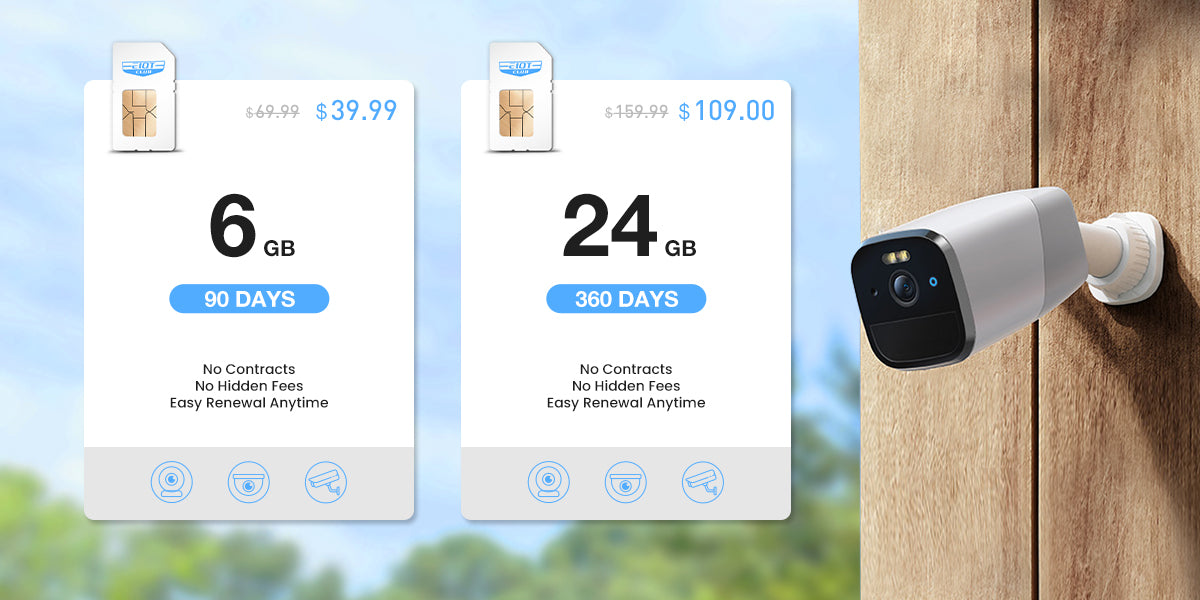Security cameras play a crucial role in safeguarding our homes, businesses, and public spaces. They provide us with a sense of security and peace of mind, allowing us to monitor and protect our surroundings. However, it is essential to have a secure data plan in place to ensure the integrity and confidentiality of the footage captured by these cameras. In this article, we will delve into the key elements of a secure data plan for security cameras, exploring the various aspects that contribute to its effectiveness.

Securing the Transmission
One of the fundamental aspects of a secure data plan for security cameras is securing the transmission of the footage. This involves encrypting the data to prevent unauthorized access during its transfer from the camera to the storage device or monitoring system. Encryption algorithms such as AES (Advanced Encryption Standard) can be employed to ensure the confidentiality of the data. Additionally, using secure protocols like HTTPS or VPNs (Virtual Private Networks) can further enhance the security of the transmission.
Protecting the Storage
Another critical element of a secure data plan is protecting the storage of the footage. The recorded video should be stored in a secure location, preferably on a dedicated server or a cloud-based storage system. Access to the storage should be restricted to authorized personnel only, and strong authentication mechanisms such as two-factor authentication should be implemented. Regular backups should also be performed to prevent data loss in case of hardware failure or other unforeseen events.
Implementing Access Control
Access control is a vital component of a secure data plan for security cameras. It involves managing and controlling who can access the footage and under what circumstances. Role-based access control (RBAC) can be implemented to assign different levels of access privileges to different individuals based on their roles and responsibilities. This ensures that only authorized personnel can view and manage the footage, reducing the risk of unauthorized access or tampering.
Monitoring and Auditing
Monitoring and auditing are essential for maintaining the security and integrity of the data plan. Regular monitoring of the system can help identify any suspicious activities or potential security breaches. This can be done through the use of intrusion detection systems (IDS) or security information and event management (SIEM) tools. Additionally, conducting periodic audits of the data plan can help identify any vulnerabilities or areas for improvement, allowing for timely remediation.
In conclusion, a secure data plan is crucial for ensuring the confidentiality, integrity, and availability of the footage captured by security cameras. By securing the transmission, protecting the storage, implementing access control, and monitoring and auditing the system, organizations can establish a robust and effective data plan. It is essential to stay updated with the latest advancements in technology and best practices in the industry to adapt and enhance the security measures accordingly.








